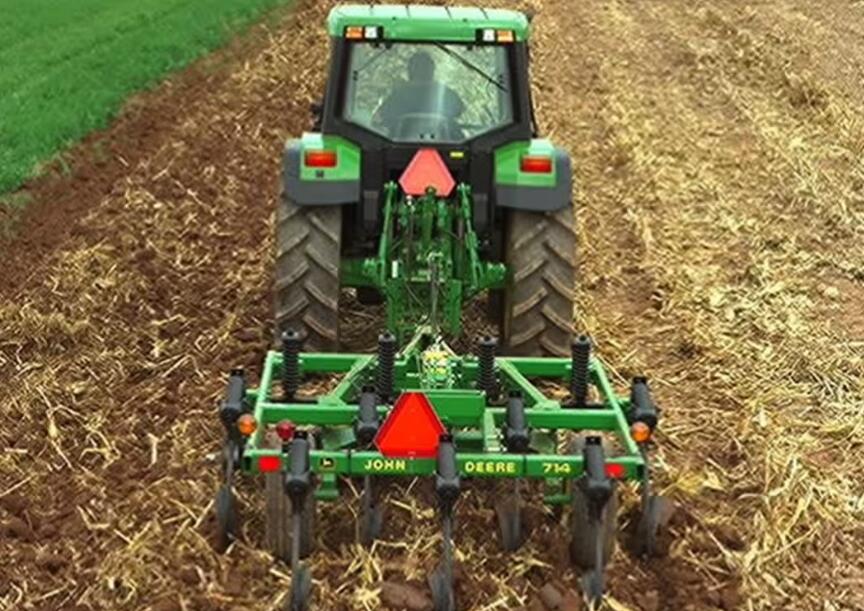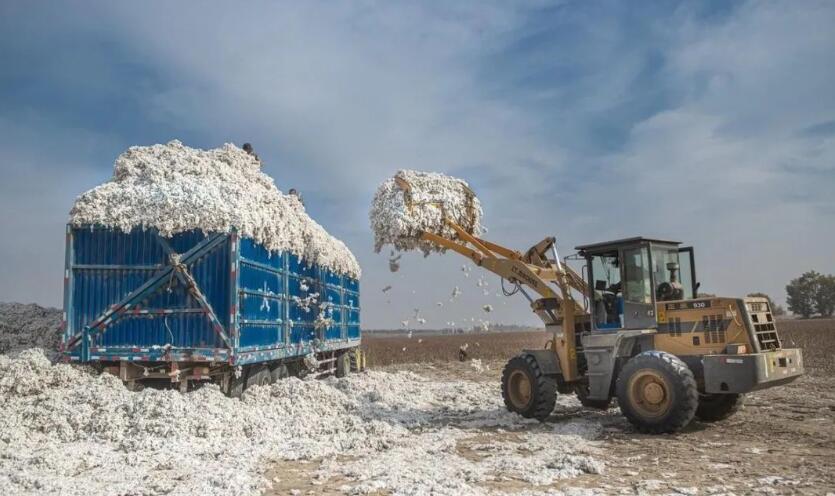Cultivating cotton requires careful attention to various factors, including soil preparation, pest management, irrigation, and harvesting techniques. By understanding these key considerations, farmers can optimize their cotton yields and quality.
Cotton cultivation is an intricate process that demands meticulous attention to detail at every stage of growth. From soil preparation to harvesting, each step plays a crucial role in determining the success of the crop. In this comprehensive guide, we will delve into the key considerations that farmers need to keep in mind when growing cotton.
1. Soil Preparation and Management
Before planting cotton seeds, it is essential to ensure that the soil is adequately prepared to support healthy growth. Soil testing should be conducted to assess nutrient levels and pH balance. Based on the results, appropriate fertilizers and amendments should be applied to optimize soil fertility.
Deep plowing or tillage is often necessary to create a loose and well-drained seedbed for cotton. This helps in promoting root development and allows for better water infiltration. Additionally, proper weed control is vital to prevent competition for nutrients and space.
2. Variety Selection
The choice of cotton variety plays a significant role in determining yield and quality. Farmers should select varieties that are well-suited to their climatic conditions, such as temperature, rainfall, and humidity levels. Disease and pest resistance should also be taken into consideration when choosing a variety.
3. Pest and Disease Management
Pests and diseases can pose significant threats to cotton crops, leading to yield losses if not adequately managed. Integrated pest management (IPM) practices should be implemented, combining cultural, biological, and chemical control methods. Regular scouting and monitoring help in early detection of pest and disease outbreaks, allowing for timely intervention.
Crop rotation can also help in reducing pest pressure, as certain pests may have specific host plants. Additionally, resistant varieties and biocontrol agents can be employed to minimize the need for chemical pesticides.
“Effective pest management is crucial for sustaining cotton yields and minimizing environmental impact.” – Dr. John Smith, Agricultural Entomologist
4. Irrigation Techniques
Cotton is a crop that requires adequate moisture throughout its growth stages. Irrigation plays a critical role, especially in regions with limited rainfall or erratic weather patterns. Efficient irrigation techniques, such as drip or furrow irrigation, help in optimizing water usage and reducing wastage.
Soil moisture monitoring is essential to ensure that cotton plants receive the right amount of water at the right time. Over-irrigation can lead to waterlogging and nutrient leaching, while under-irrigation can result in stunted growth and yield reduction.
5. Harvesting Practices
Harvesting is the final stage in the cotton cultivation process and requires careful planning and execution. Modern mechanized harvesting techniques, such as spindle pickers and strippers, have largely replaced manual labor due to their efficiency and cost-effectiveness.
Timing is crucial when it comes to harvesting cotton, as picking too early or too late can affect fiber quality and yield. Cotton bolls should be harvested at the right stage of maturity, typically when they have fully opened and the fibers are at their maximum length.
Common Cotton Varieties
| Variety | Characteristics | Recommended Climate |
|---|---|---|
| Gossypium hirsutum | Upland cotton, widely cultivated | Temperate to tropical |
| Gossypium barbadense | Pima or Egyptian cotton, long-staple fibers | Warm and dry regions |
| Gossypium herbaceum | Asiatic cotton, drought-tolerant | Arid and semi-arid regions |
Comparison of Irrigation Techniques
| Technique | Advantages | Disadvantages |
|---|---|---|
| Drip Irrigation | Efficient water use, reduced weed growth | Initial setup costs |
| Furrow Irrigation | Suitable for row crops, easy to implement | Water distribution may be uneven |
| Sprinkler Irrigation | Covers large areas, reduces soil erosion | Evaporation loss |
Post time: Apr-12-2024




